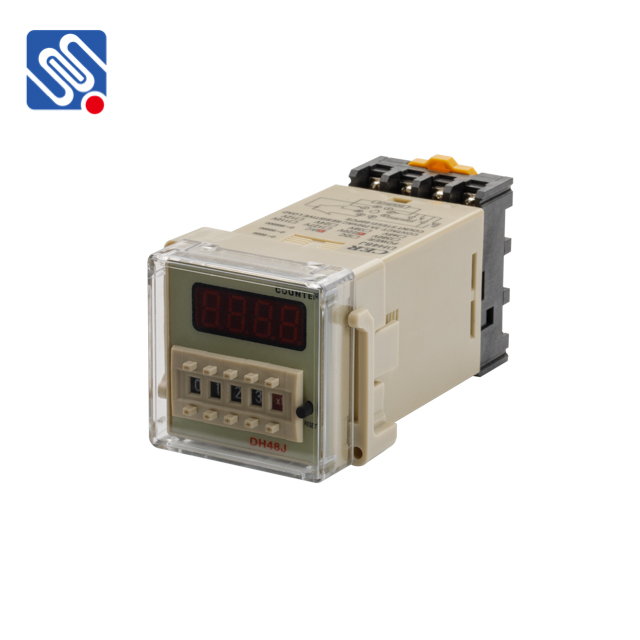understanding relay voltage: key factors and considerations
Release time:2025-05-13 11:58:41
Relays are essential components in electrical circuits, widely used to control the switching of high-voltage systems with a low-voltage signal. A relay is an electrically operated switch that allows a low voltage control circuit to activate a higher voltage power circuit. Understanding relay voltage is critical for both the design and functionality of various electrical systems, from industrial machinery to household appliances. In this article, we will delve into the concept of relay voltage, the factors influencing it, and the importance of selecting the right relay for your application.

What is Relay Voltage?
Relay voltage refers to the voltage required to activate a relay coil and cause it to change states, usually from an open to a closed contact. When the relay coil is energized by an electrical current, it generates a magnetic field that pulls the switch contacts together, allowing current to flow in the power circuit. The voltage required to energize the relay coil is often referred to as the "coil voltage," which varies depending on the relay design. This voltage is crucial for ensuring the proper operation of the relay and the overall system.
Types of Relay Voltage

